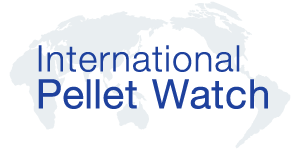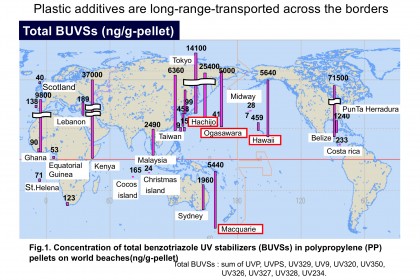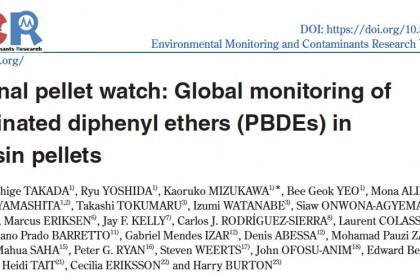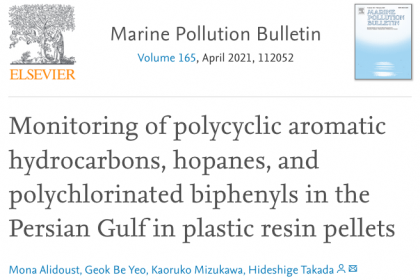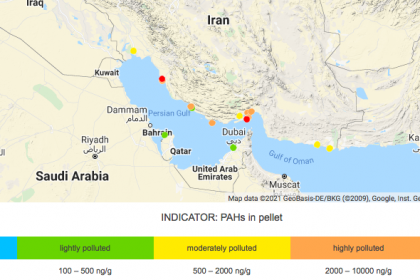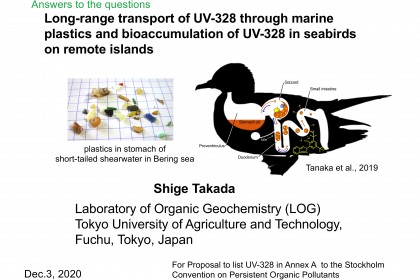- Q: How to collect pellets
- A:With stainless steal tweezers, you can pick the pellets up using the tweezers. If you do not have tweezers, you can wash your hands with soap and collect the pellets by bare hands (fingers).
- Q: How many pellets do we need?
- A:Two hundred pellets would be perfect! At least 100 pellets are necessary for reliable analysis. This is because we sort and pool the pellets in our laboratory and analyze multiple pools to calculate the average concentration at individual locations.
 Sorting Procedure is illustrated in a pdf file.
Sorting Procedure is illustrated in a pdf file. - Q: What type of pellets are suitable?
- A: We prefer discolored (yellowing; see picture below) pellets rather than white pellets. This is because discoloration (yellowing) occurs while floating at sea and discolored (yellowed) pellets have longer time to adsorb pollutants.More detailed information.
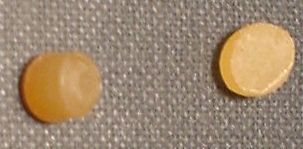
Discolored (Yellowing) pellets
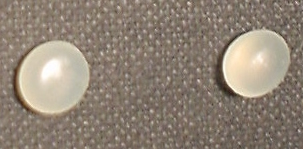
White pellets - Q: How to send the pellets:
- A: Collected pellets should be wrapped with aluminum foil and put into a paper envelope. Send the pellets to our laboratory via Air mail. If aluminum foil is not available, you can wrap the pellets with paper. Note: we do not like pellets wrapped in plastic film of in plastic bags.
- Q: What kind of information should be enclosed?
- A: We need to know exact location where you collect the pellets. GPS information (latitude and longitude) and/or detailed map is required. Also information about area or length of beach where you collect the pellets is necessary. Date (year, month, day) is necessary. Your name, contact address, e-mail address is necessary to let you know the data.
- Q: When can you get the analytical data ?
- A: Please wait one year. Now we are setting analytical conditions. We will start the analysis in 2006. We will let you know as soon as we will get the data. Please understand that we have just started this project.
- Q: Where can we get background information on this project?
- A: Please download the pdf file.That was made for The Plastic Debris Rivers to Sea Conference.
Link to The Plastic Debris Rivers to Sea Conference
Also more detailed scientific background is available in the following papers. Upon your request, we can send you the reprints.- Concentration of polychlorinated biphenyls (PCBs) in beached resin pellets: Variability among individual particles and regional differences. Satoshi ENDO, Reiko TAKIZAWA, Keiji OKUDA, Hideshige TAKADA, Kazuhiro CHIBA, Haruyuki KANEHIRO, Haruo OGI, Rei YAMASHITA, Takeshi DATE, Marine Pollution Bulletin, in press, 2005.
- Plastic Resin Pellets as a Transport Medium of Toxic Chemicals in the Marine Environment. Mato Y., Isobe T., Takada H., Kanehiro H., Ohtake C., and Kaminuma T. , Environmental Science & Technology, vol.35, p.318-324, 2001.
- Q: What’s Laboratory Organic Geochemistry in Tokyo ?
- A : see website of LOG

